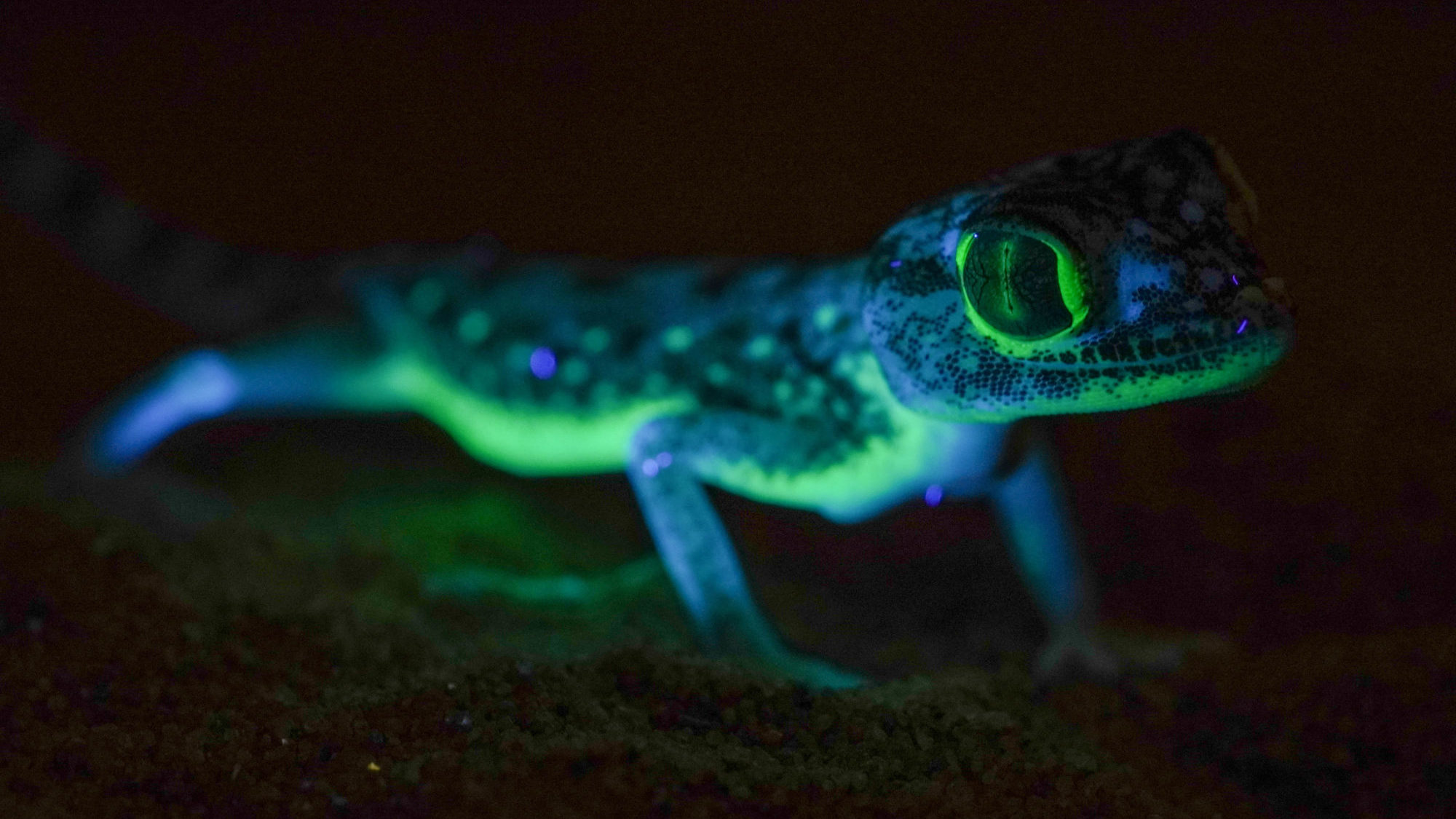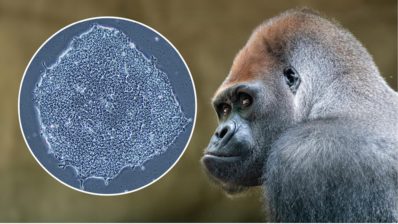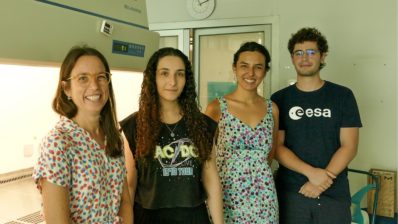Here is an image of a gecko, a desert dragon from Arabia, taken by Bernat Burriel, currently a researcher at the Natural Sciences Museum of Barcelona (MCNB). Recently, he published a study, while still researching at the Institute for Evolutionary Biology (IBE: CSIC-UPF), where they made a great discovery: three species of geckos that glow at night!
However, this biofluorescence is not visible to the human eye (it can only be seen under ultraviolet light), but it is believed to be naturally visible to the dragons, whose vision covers a broader spectrum of light than ours.
Moreover, the biofluorescence found in the Arabian Sand Dragon with Webbed Feet (Trigonodactylus arabicus), in particular, is quite special, as most glowing dragons do so through their bones, whereas this gecko glows at the skin level. This seems to be related to mating and social interactions among desert species. In fact, the brightest part is the belly, which they can press against the ground if a predator approaches, while, when out of danger, they can show it to communicate with other geckos.
The research not only sheds light on the ecological uniqueness of the Arabian desert but also highlights the importance of its biodiversity and opens the door to future studies on the ecological interactions and evolution of these nocturnal desert dragons.
Burriel-Carranza, B., Talavera, A., Mochales-Riaño, G., Al Hashmi, S., Al Busaidi, A., Els, J., & Carranza, S. (2024). First record of dermal fluorescence in the desert-adapted Stenodactylus and Trigonodactylus geckos. Journal of Arid Environments. DOI:10.1016/j.jaridenv.2024.105161






